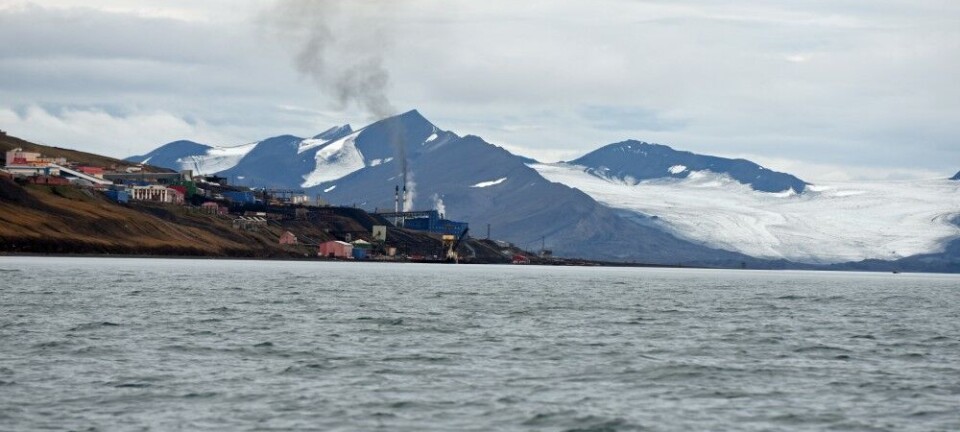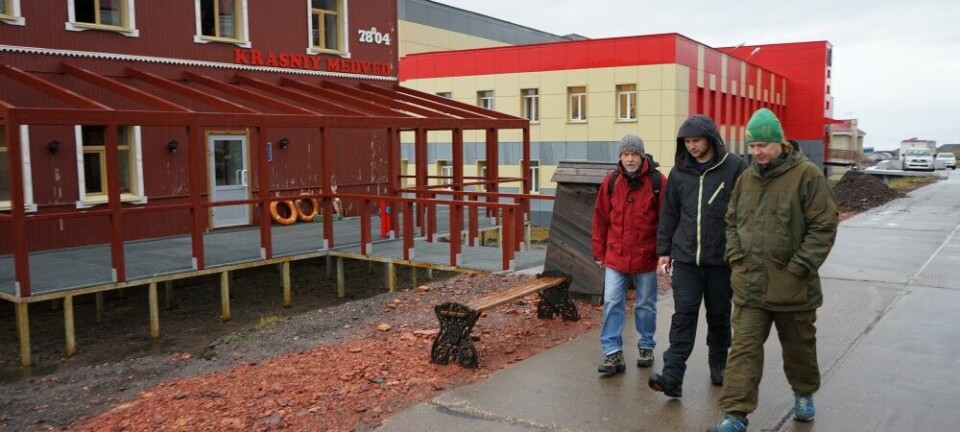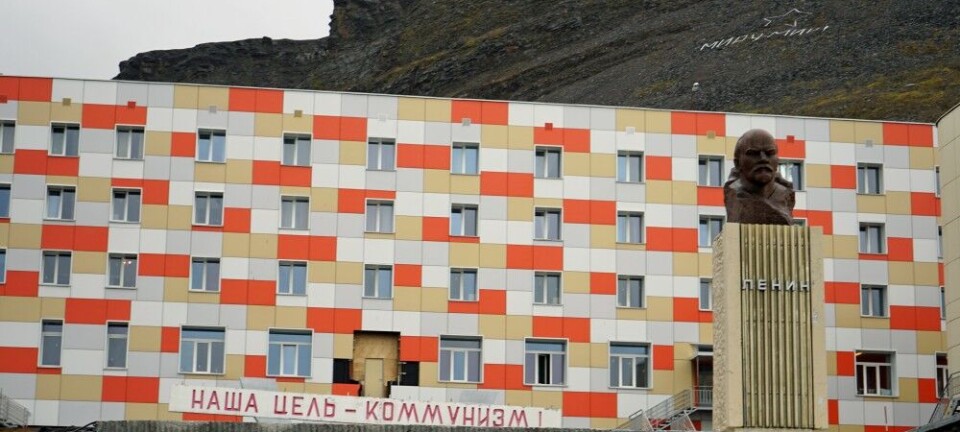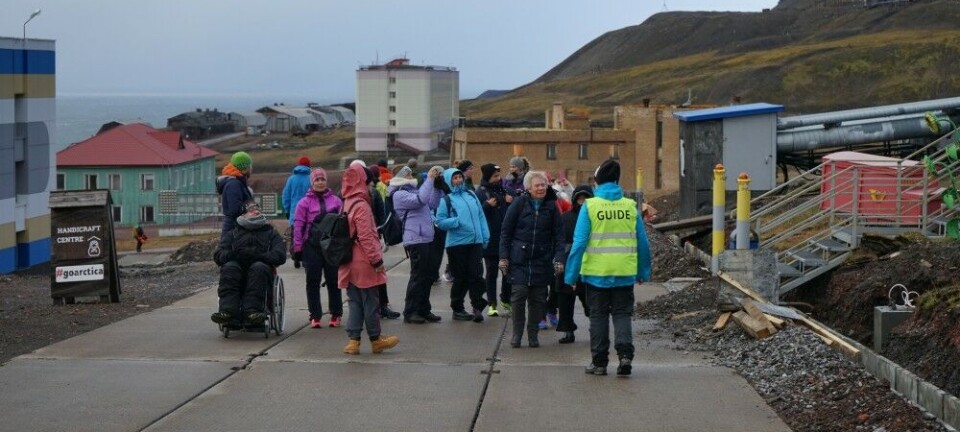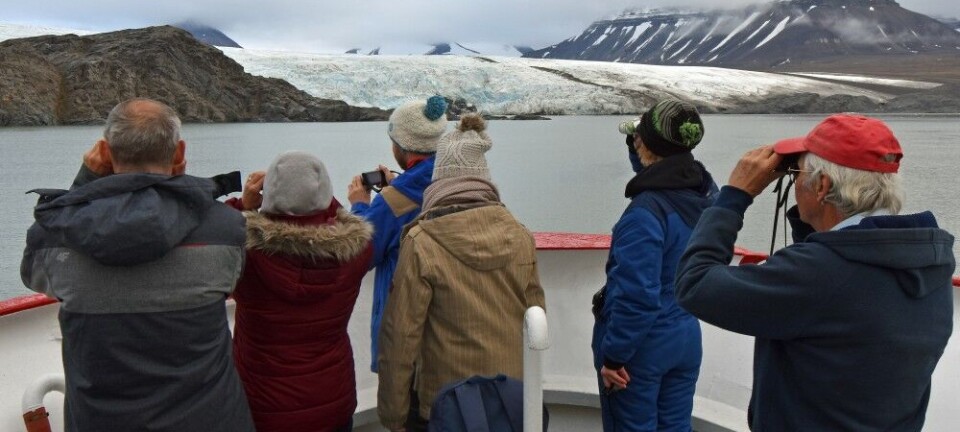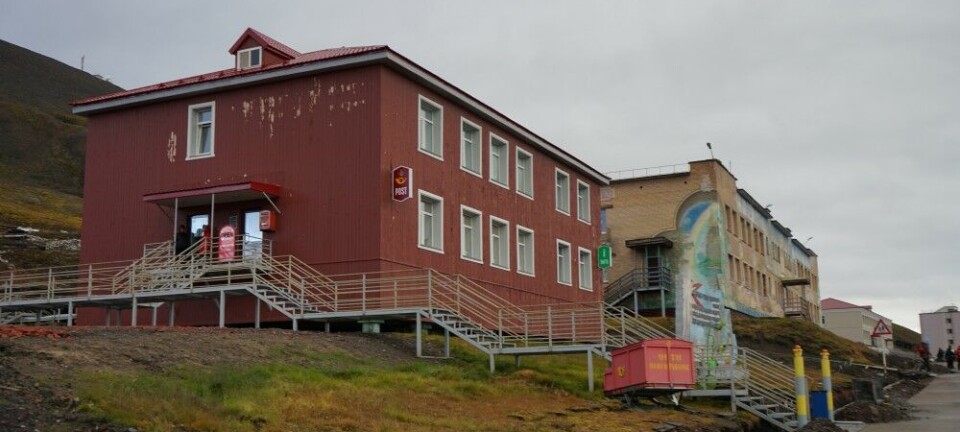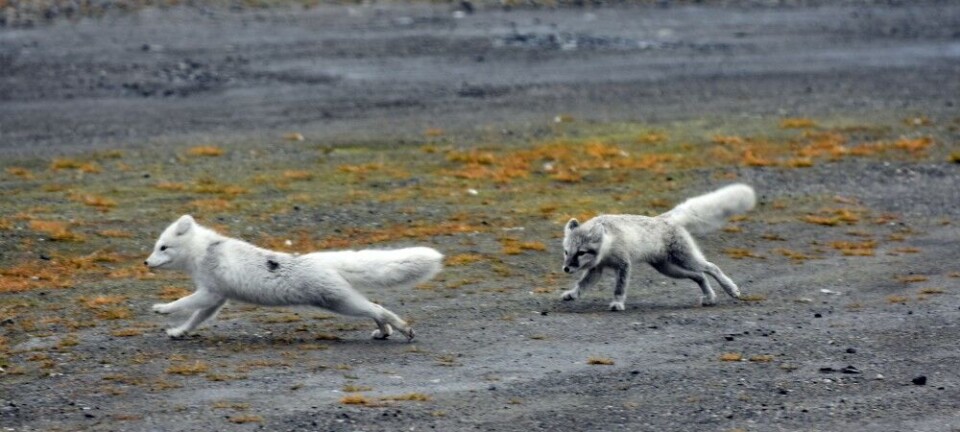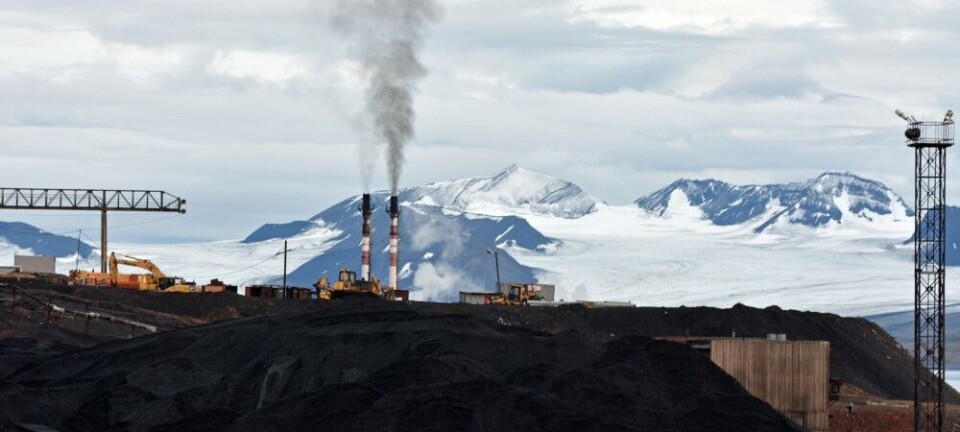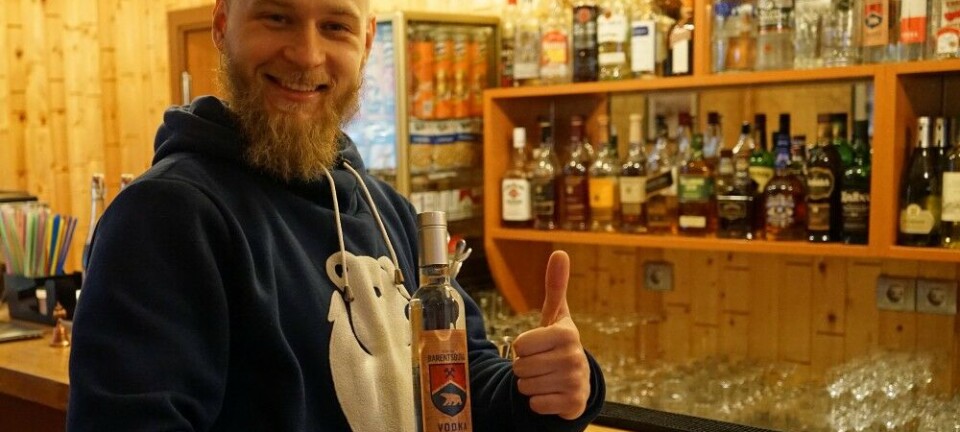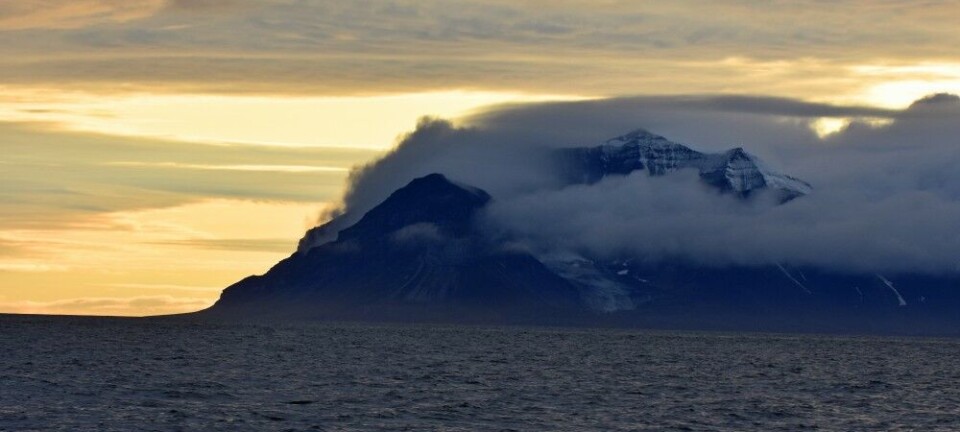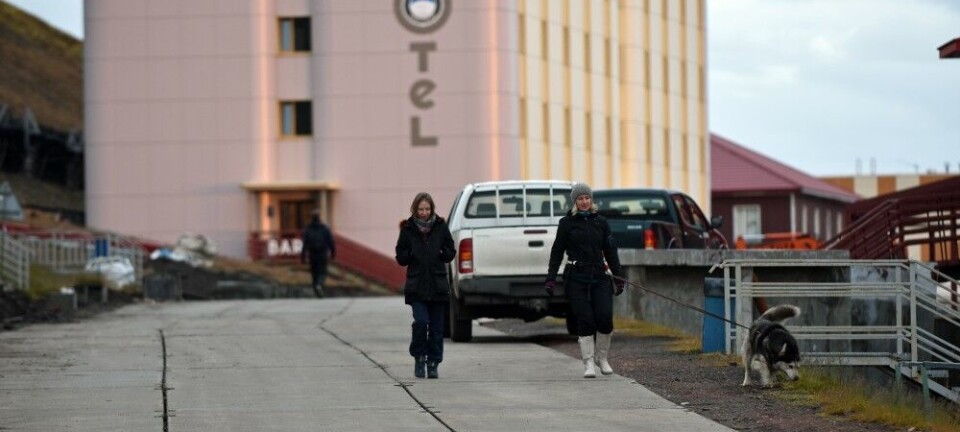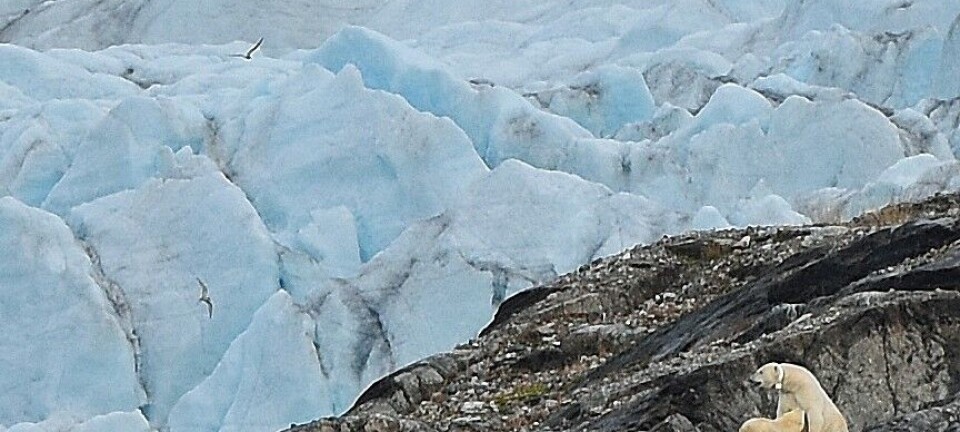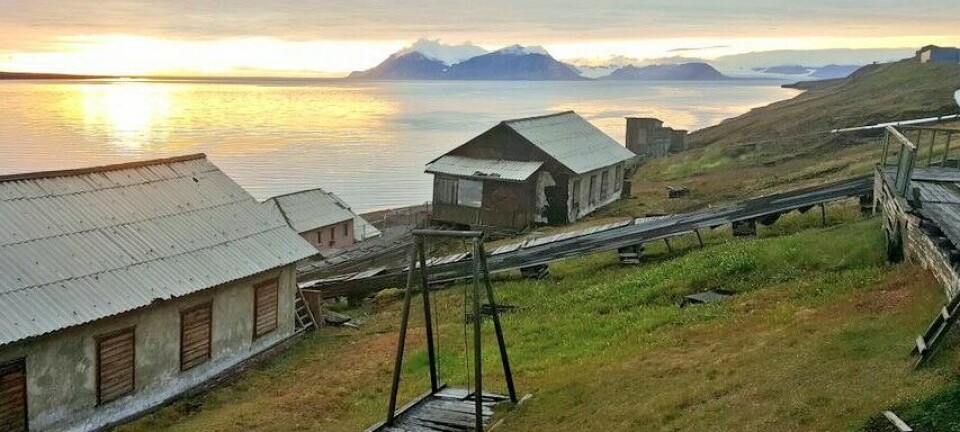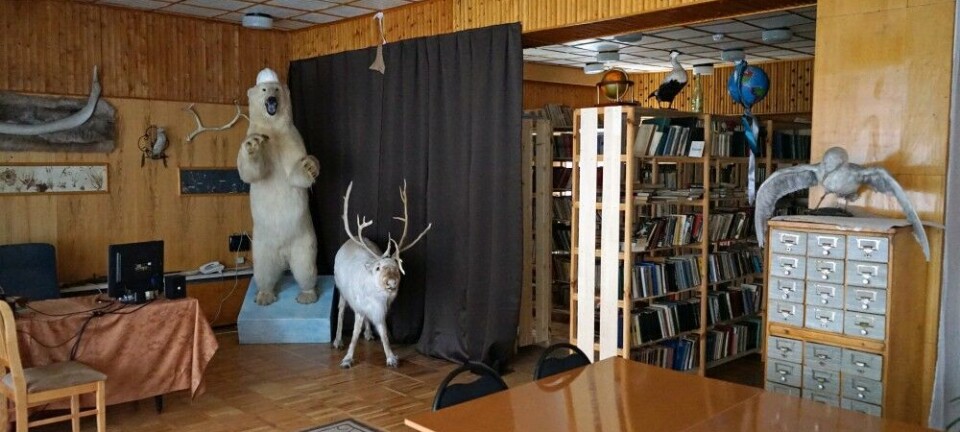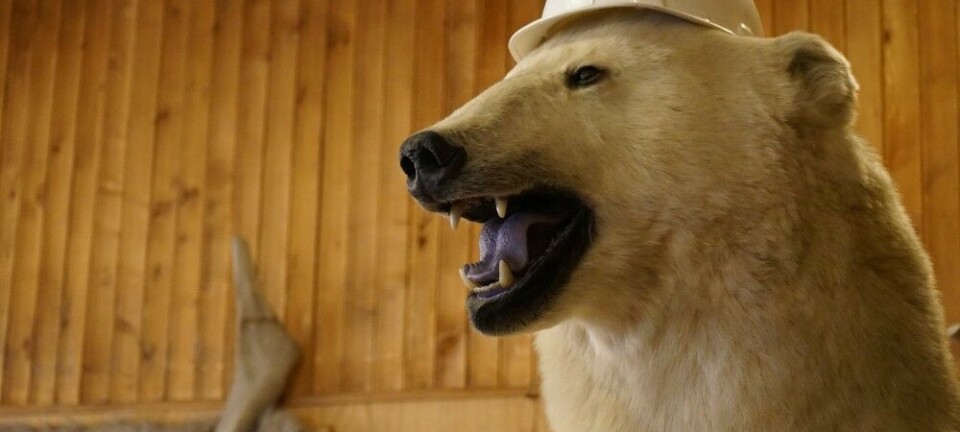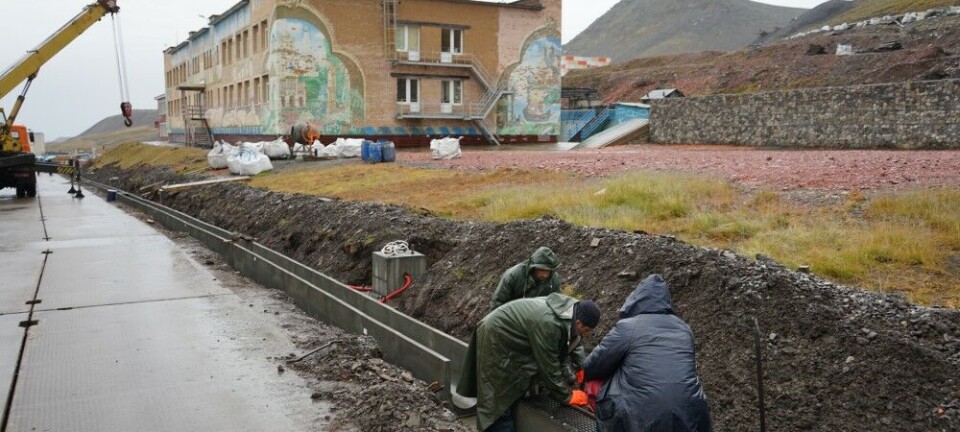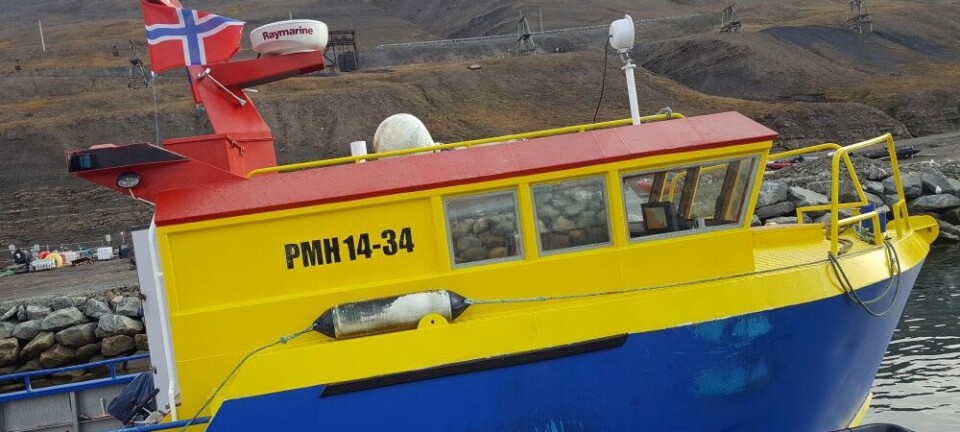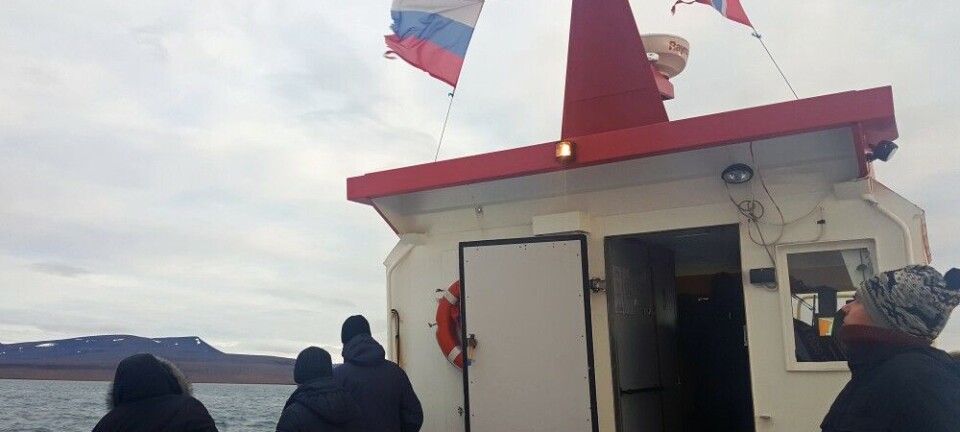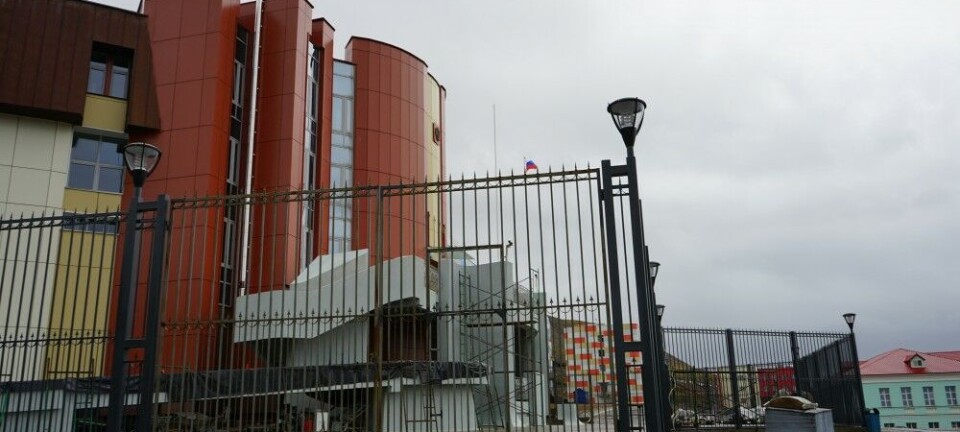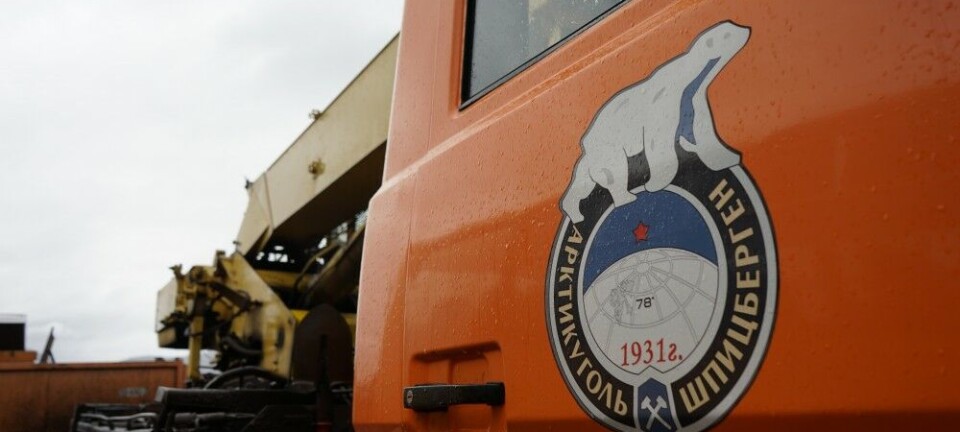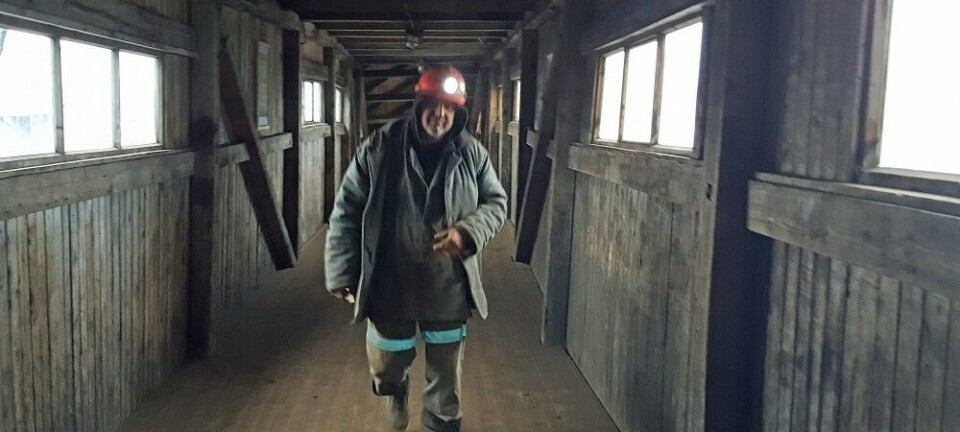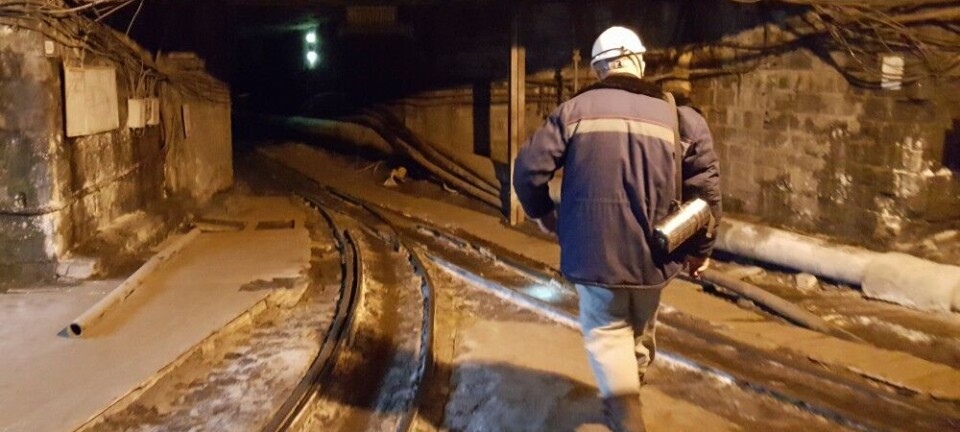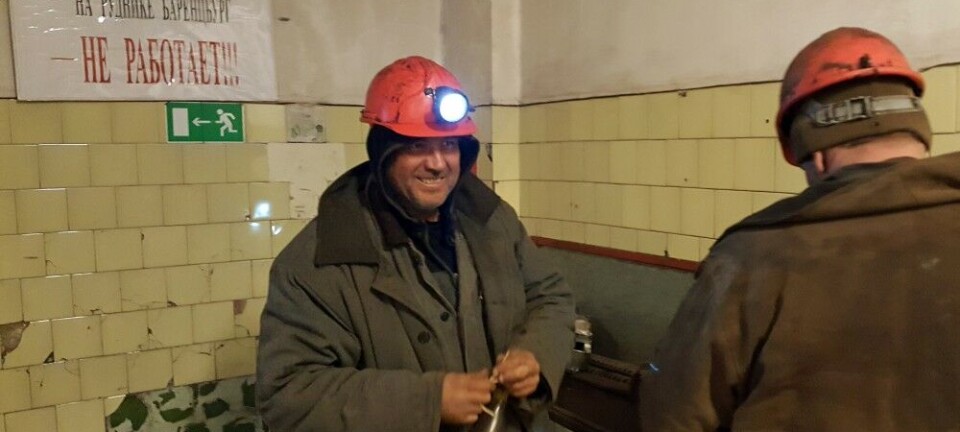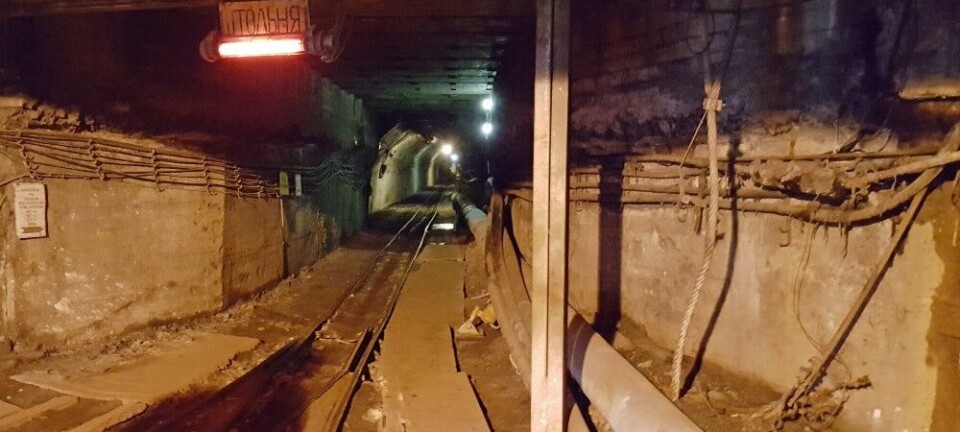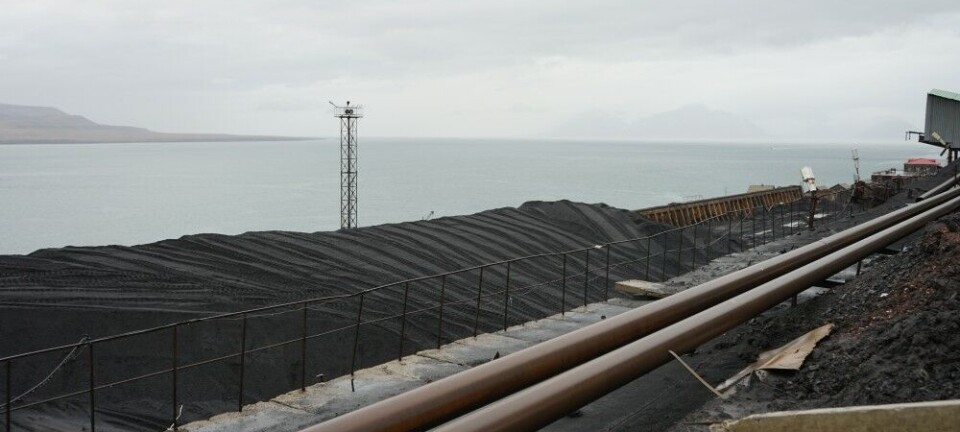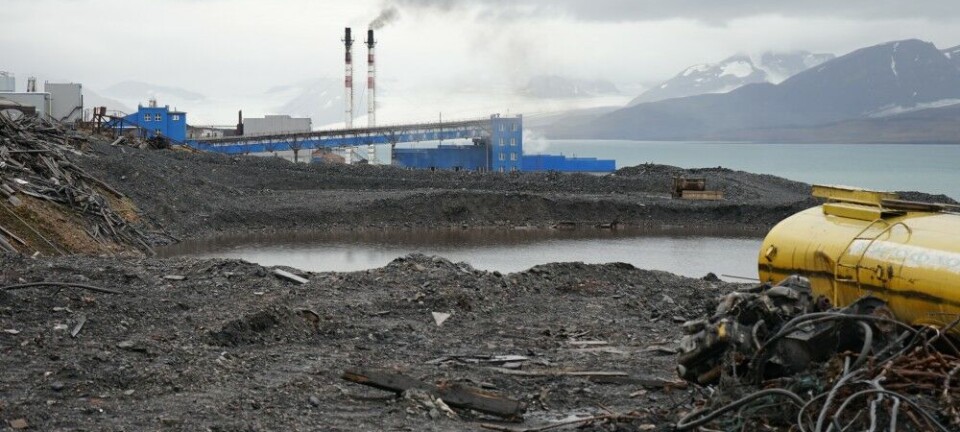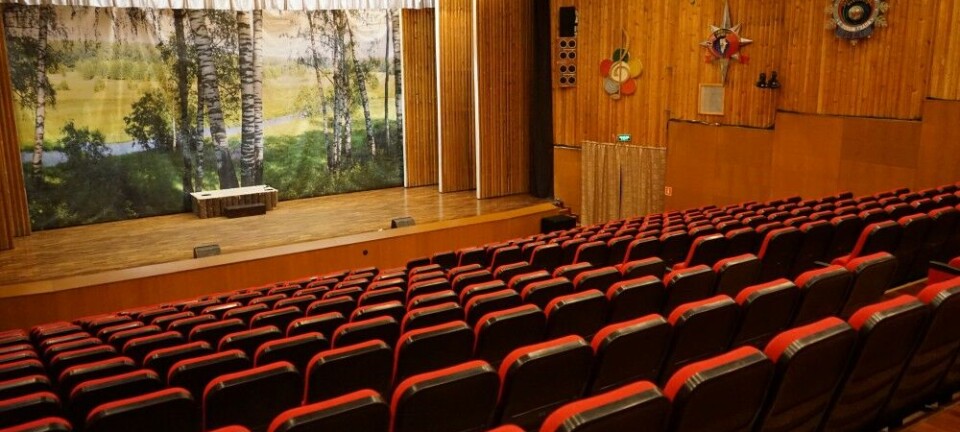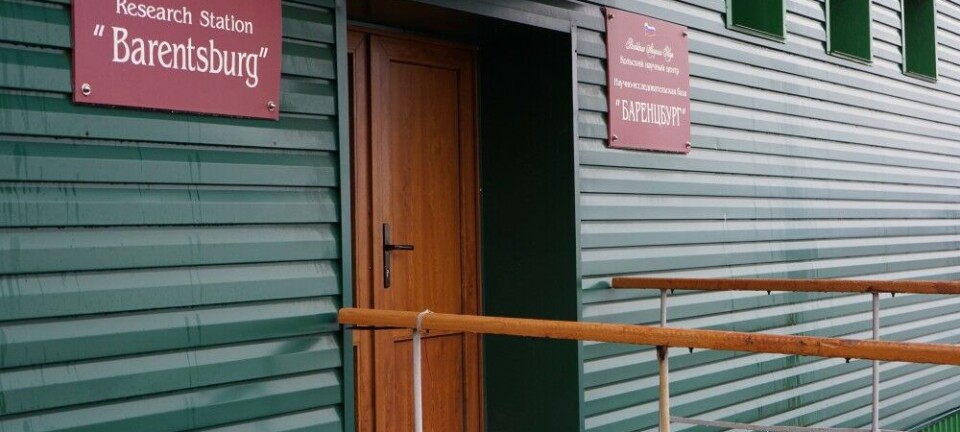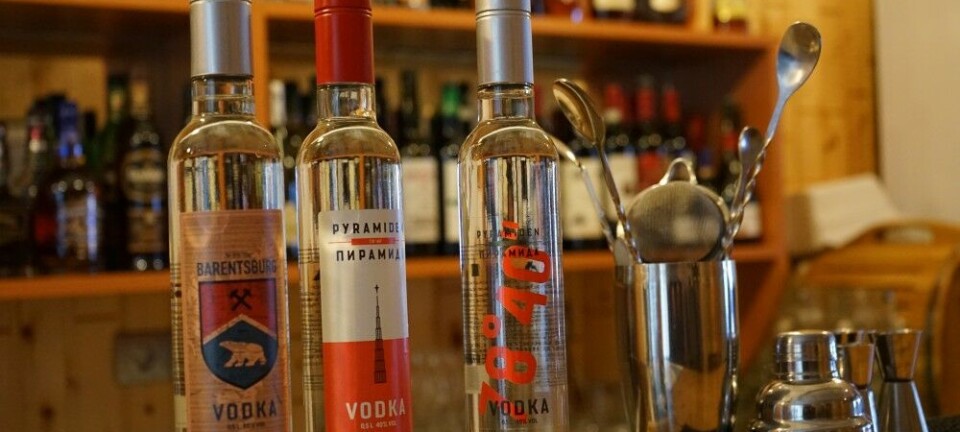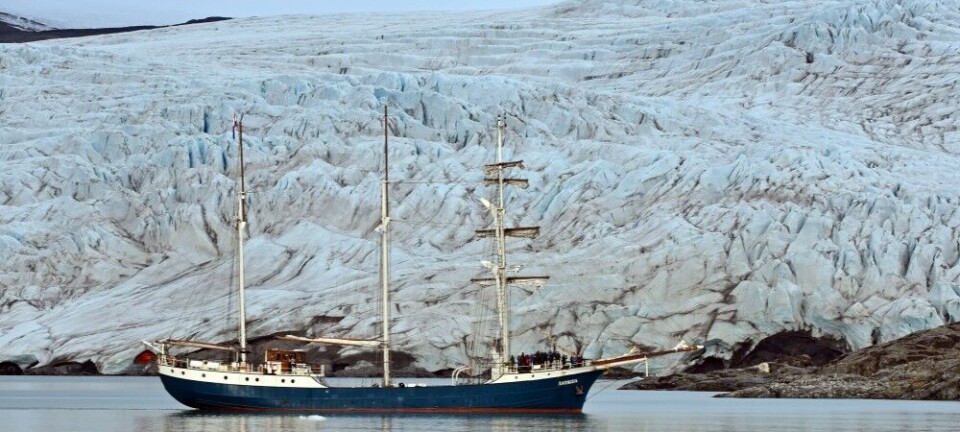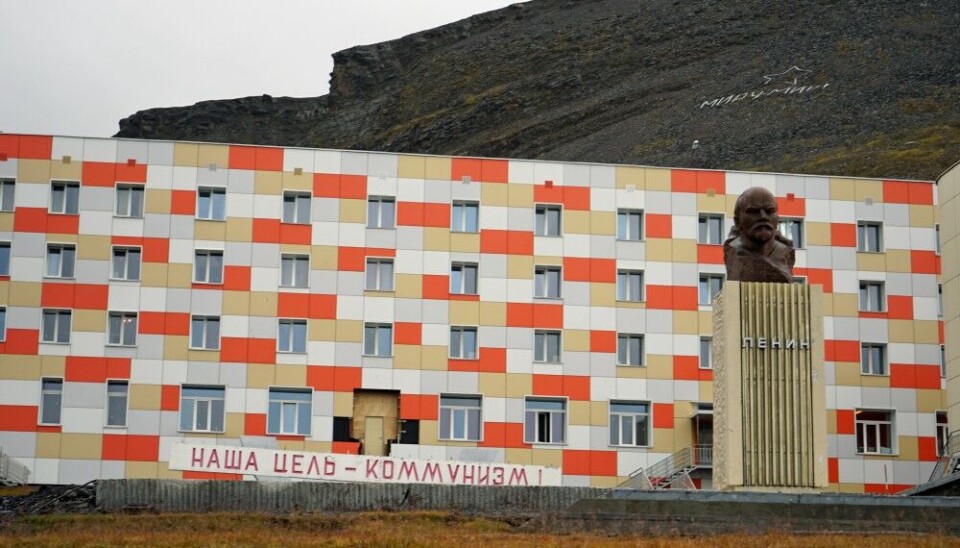
Russia starts renting out apartments to anyone at Norway’s Svalbard archipelago
Dreaming of living in the Arctic? We invite you to move to Barentsburg, reads the offer promotion from Arktikugol, the Russian state-owned enterprise which operates the settlement at Svalbard.
“We receive requests daily,” says Daria Iakoleva to the Barents Observer. She works with Grumant, the travel subsidiary of Trust Arktikugol.
Moscow wants to keep Barentsburg as its stronghold at Svalbard, the Norwegian Arctic archipelago where other signatory countries to the unique treaty have commercial and residence rights.
Traditional coal mining is no longer seen as sustainable to maintain the population, which has seen a sharp decline in recent years.
Europe’s ban on Russian coal hit hard on exports from Barentsburg, as the United Kingdom bought most of the shipments and alternative markets in Asia bring added transport costs.
Attempts to boost explorer tourism have partly failed as Longyearbyen-based Visit Svalbard last fall excluded the Russian company over the war in Ukraine. With tourism in slow-motion and a declining population, apartments and rooms stand empty.
This February, the ad offering people from around the globe to move north came online.
“Friends! We have great news for everyone who has always dreamed of living in the Arctic. If you work remotely, are creative, and are ready for a new experience, we invite you…to move to Barentsburg,” the Russian company writes.
Daria Iakovleva elaborates and says there are both rooms and fully equipped apartment.
“We plan to expand the range in the nearest future, she says.
Although Svalbard is part of Norway, foreigners do not need a visa or work and residence permits from Norwegian authorities to travel there. That said, a foreign citizen from outside the Schengen-area must have a visa when traveling to Svalbard, as the only flights are from Tromsø and Oslo on the mainland.
The Governor of Svalbard does have the right to reject persons who do not have the means to be able to reside and as most housing is owned by various employers, it can be hard to stay over a longer period if you do not have a job.
Russia’s offer now, however, makes it easier to rent and stay for longer periods.
Mostly Russians show interest
Iakoleva says twin rooms which shared bathrooms and kitchens are available from 4,200 kroner (€385) per month. A two-room apartment can be rented for 6000 kroner per month.
“Then you get a view of the bay”, she adds.
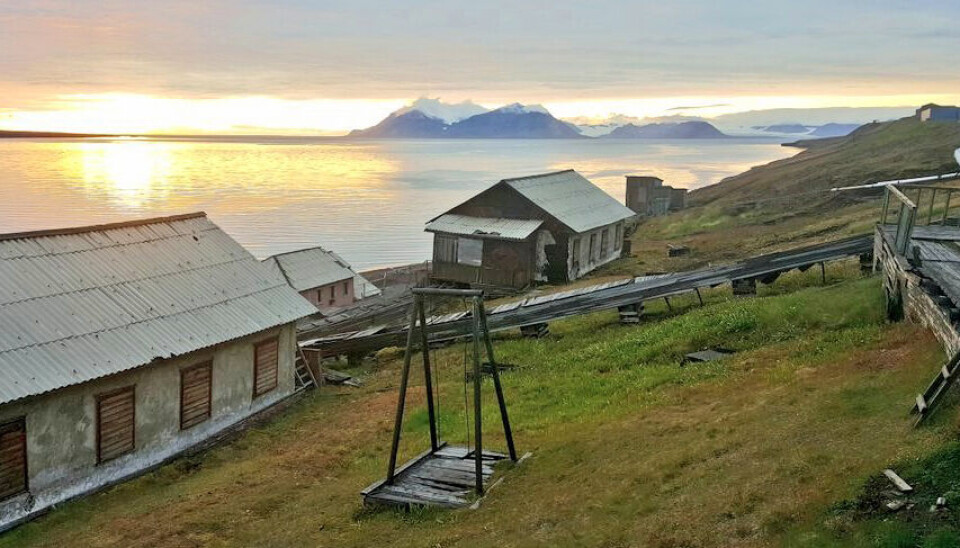
In comparison, Airbnb rents in Longyearbyen are at least ten times more expensive. If you all are able to find anything for rent for longer periods.
Svalbardposten, the local newspaper first to report about the rental options in Barentsburg, writes that Longyearbyen is seriously short of housing, both for seasonal workers and long-time residents.
According to Iakoleva, most requests for long-term renting “come from Russian-speaking people.”
Strategic reasons
Senior Researcher Andreas Østhagen with the Fridtjof Nansen Institute says Russia seeks to maintain a presence on Svalbard primarily for strategic reasons.

“Svalbard’s position in the Barents Sea and its proximity to the Northern Fleet are aspects that have motivated Russia, and Soviet before that, to have presence there,” Østhagen explains.
He elaborates:
“Having a settlement on Svalbard is part of the Russian narrative that they hold a special position when it comes to the Archipelago. Although there might be individuals seeking to make a profit, the Russian state does not subsidize Arktikugol for that purpose. Still, we have seen for decades that Moscow is interested in finding new ways of maintaining a settlement without relying on relatively costly and ineffective coal mining.”
There are about 400 residents in Barentsburg, mostly Russians and Ukrainians. The town is some 55 kilometers from Longyearbyen, but there are no roads in between. People travel by snowmobile in winter and boat in the summer. Arktikugol does operate a Mi-8 helicopter, mainly for transportation of staff between Longyearbyen airport and the heliport at Cap Heer next to Barentsburg.



